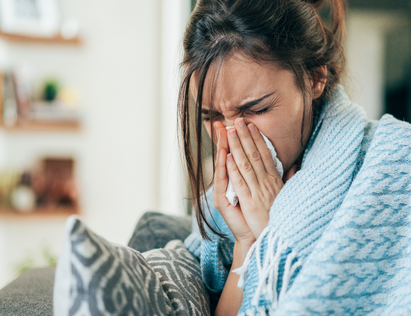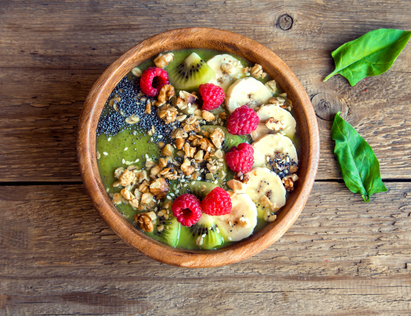The introduction of antibiotics in the 1940s meant previously incurable bacterial infections were now curable and revolutionised the way these infections are treated. Today, antibiotics are one of the most commonly prescribed medications worldwide and play an essential role in modern medicine. Therefore, it is important to take and finish your antibiotic supply when supplied by a doctor. However, whilst antibiotics can be essential, it is important to consider the potential side effects.
Antibiotics are used to target bacterial infections within or on the body. Some antibiotics are highly specialised and are only effective against certain bacteria whilst others can attack a wide range of bacteria, including the friendly bacteria that are essential to keeping us and our gut happy! This disruption of our friendly bacteria can result in unwanted pathogens having the room to grow and alter our gut function, leading to several unpleasant side effects. The most common side effects are associated with problems of the digestive system and affect 1 in 10 people taking antibiotics(1). Common side effects include; vomiting, nausea, diarrhoea, bloating and indigestion, abdominal pain and loss of appetite. These symptoms can be very distressing for individuals which can even aggravate these symptoms. One the most prevalent side effects associated with antibiotic use is diarrhoea. Antibiotic-associated diarrhoea develops in 5-39% of people taking antibiotics and can result in 1 in 5 people stopping their antibiotic prescription(2,3).
Friendly bacteria can be supplemented during antibiotic therapy to maintain the balance of the gut microbiota and therefore, help prevent the common side effects. This can be achieved by the friendly bacteria competing for adhesion sites, occupying attachment sites and releasing antimicrobial substances which can prevent the colonisation of pathogenic bacteria. Commonly used friendly bacteria (Lactobacillus acidophilus and Bifidobacterium bifidum), have been shown to increase the numbers of beneficial bacteria after treatment with antibiotics.
In the two weeks after the antibiotic treatment has ended, you are susceptible to several infections of pathogenic bacteria including Enterococcus and Staphylococci(4). Therefore, friendly bacteria should continue to be supplemented at least two weeks after the antibiotic course has finished to prevent any further infections and restore the gut microbiota to its former state.
Taking a high strength dose of friendly bacteria during antibiotic treatment will encourage the colonisation of friendly bacteria in the gut whilst a lower dose after treatment will help maintain the growth of the beneficial bacteria, reduce infection by pathogenic bacteria and prevent any permeant changes. The friendly bacteria should be taken 2-6 hours after the antibiotic has been consumed to allow the friendly bacteria to attach to the gut wall and colonise.
If you'd like to learn more about friendly bacteria and antibiotics, why not book a free 1:1 consultation with our nutrition team? We can recommend diet and lifestyle changes that can make a big difference. To book, simply click here.
- NHS. Antibiotics. 2019.
- Kerna NA. Global Health Preventive Medicine Overture: Select Probiotic Use in the Prevention of Antibiotic-Associated Diarrhea and the Treatment of C. Difficile and Distinct Tropical Diseases. SM Prev Med Public Health. 2018; 2(3): 1021.
- McFarland (1998) Digestive Diseases 16:292–307
- Govender M, Choonara Y, Kumar P, du Toit L, van Vuuren S, Pillay V. A Review of the Advancements in Probiotic Delivery: Conventional vs. Non-conventional Formulations for Intestinal Flora Supplementation. AAPS PharmSciTech. 2013;15(1):29-43.


